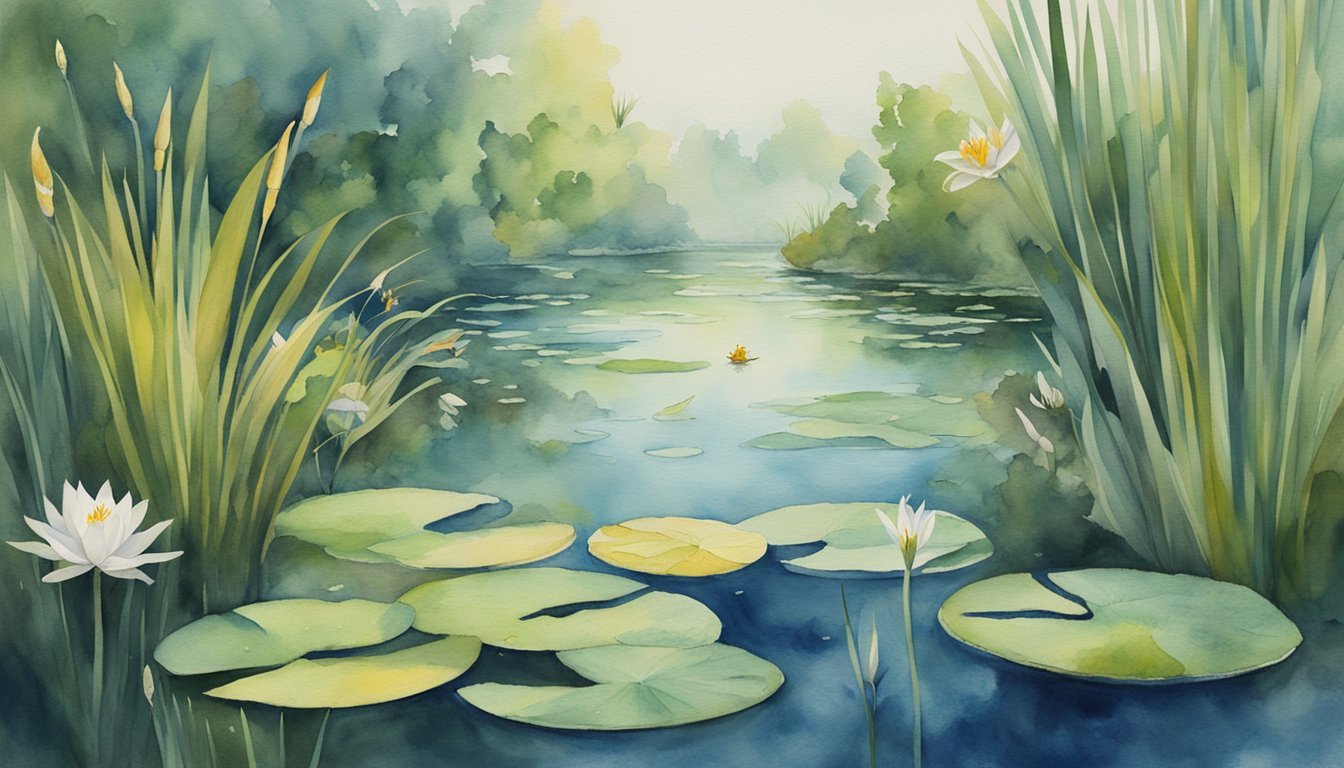Lake Ecosystems and Habitats
Characteristics of Freshwater Lakes
Freshwater lakes are unique ecosystems that support a variety of plant and animal life. They cover approximately 41% of fish species and provide homes to numerous organisms, including birds, amphibians, and mammals. The size and depth of lakes can vary greatly, affecting the types of species that can survive in these habitats. Typically, freshwater bodies of water have a lower salt concentration than saltwater systems, creating a unique set of environmental conditions for wildlife.
Importance of Wetlands and Marshes
Wetlands and marshes play a crucial role in the preservation of lake ecosystems. They act as nature’s sponges, absorbing and filtering pollutants, thus maintaining water quality. In addition, they provide essential breeding and feeding grounds for various species of wildlife, including endangered animals. Wetlands and marshes also serve as buffers against flooding, protecting surrounding ecosystems from significant damage during heavy rainfall or storm surges.
Vegetation and Its Role in Habitats
Vegetation in and around lakes is vital for maintaining a healthy ecosystem. Plants submerged in the water, like eelgrass and water lilies, provide shelter and breeding grounds for fish and other aquatic species. Floating vegetation, such as duckweed, offers cover and food for various organisms. Emergent vegetation, like cattails and reeds, is crucial for nesting birds and small mammals.
The diverse plant life in lake habitats also helps maintain water quality by filtering pollutants, providing oxygen through photosynthesis, and stabilizing shorelines against erosion. Overall, the vegetation contributes significantly to the balance and prosperity of the freshwater lake habitats, making them essential for the survival and well-being of numerous plants and animals that call these ecosystems home.
Inhabitants of Lake Ecosystems

Fish and Crustaceans
Lakes are home to a diverse range of fish species. Species such as lake trout, walleye, and northern pike are common inhabitants of these ecosystems. Apart from these, perch and eels also find their home in lakes. Crustaceans, like crayfish, are another key component of lake ecosystems. They are important in maintaining balance within the ecosystem as they serve as both predators and prey.
Reptiles and Amphibians
Reptiles and amphibians are also found in lake environments. Turtles and snakes can be seen on the lake’s surface or on the shorelines. In the Great Lakes region, for instance, some species like the snapping turtles are common. Amphibians, such as frogs, can often be found near lakes or in the shallow water. Bullfrogs and aquatic salamanders are a few examples of amphibians that inhabit these freshwater ecosystems.
Mammals by the Water
Mammals like beavers, mink, and otters are some of the more common mammals that can be found around lake environments. Beavers are known to have a significant positive impact on ecosystems by constructing dams that create wetlands and marshes, increasing the biodiversity of the area. Other mammals, like weasels and opossum, can also be found in the surrounding areas of lakes.
Birds and Insects
Birds like ducks, swans, geese, and herons are commonly found in and around lake environments. These birds prey upon a variety of lake animals, contributing significantly to the balance within the ecosystem. Invertebrates like clams, mussels, water snails, and insects such as dragonflies and caddisflies (trichoptera) also inhabit lakes, playing a crucial role in maintaining the food chain.
In summary, inhabitants of lake ecosystems include a wide variety of animals like fish, reptiles, amphibians, mammals, birds, and invertebrates. These species are interconnected and contribute to the overall balance and biodiversity found in lakes around the world.

